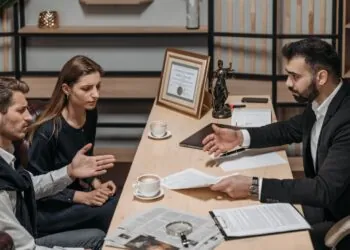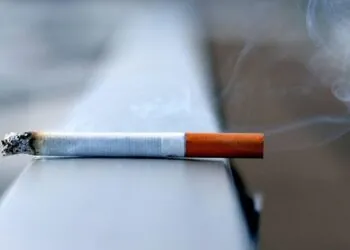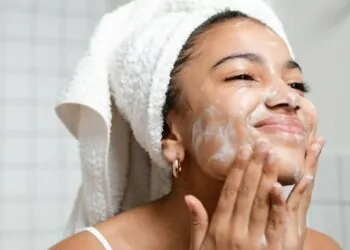Art therapy does way beyond the reach and influence of creating beautiful images. The remarkable healing power of art provides a deep sense of peace. Creative activities often lead us into a mindful state that completely immerses us in the process.
Mental health benefits from art therapy have shown profound and well-documented results. The combination of art therapy among mindfulness techniques helps us become more aware of our thoughts, emotions, and bodily sensations. Mental health improves through art therapy as it enhances emotional regulation, reduces stress, sharpens focus, and promotes greater self-compassion. Creative practices help us build a healthier relationship with our emotions as our self-awareness grows.
This piece explores how creative expression paves the way to emotional balance. We’ll find practical art techniques that bring calm, get into how mindfulness amplifies these benefits, and understand why art therapy’s mental health benefits make it such a powerful tool for people seeking more tranquility in their lives.
The Healing Power of Creative Expression
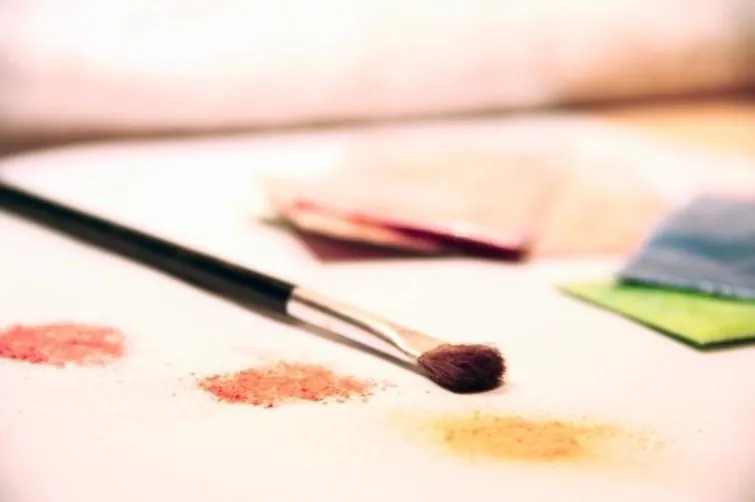
“Art Washes Away from the Soul the Dust of Everyday Life” — Pablo Picasso, Renowned painter and sculptor
People have woven creative expression into their existence since ancient times. It serves as more than just esthetic pleasure. Throughout history, humans have turned to artistic activities to communicate, express themselves, and find profound healing.
What is art therapy?
Art therapy combines creative processes with psychological theory to promote healing and wellbeing as a professional mental health discipline. This therapeutic approach enriches lives through active art-making within a psychotherapeutic relationship. Unlike traditional talk therapy, art therapy uses visual and symbolic expression to help people voice experiences they find hard to express in words.
Professional art therapists guide this process and help people learn about their emotions, develop self-awareness, promote emotional resilience, and resolve conflicts. The formal emergence of art therapy happened in the 1940s when doctors noticed how people with mental illness often expressed themselves through drawings.
How creativity supports emotional balance
Creative processes open unique paths to emotional balance. Research shows that creative activity for less than an hour can reduce stress and boost mental health, whatever your artistic experience or talent.
Creativity works on multiple levels to support emotional balance:
- Emotional expression and processing: Art creation gives people a safe outlet to explore complex emotions and reduce emotional distress
- Stress reduction: Artistic activities lower cortisol levels and promote relaxation and mindfulness
- Self-esteem building: Completing creative projects builds a sense of accomplishment and self-worth
Art therapy has proven especially effective to treat anxiety, depression, trauma, and various psychological issues. Studies of adults who experienced trauma showed that art therapy substantially reduced trauma symptoms and lowered depression levels.
The role of non-verbal expression in healing
Creative expression gives voice to those who struggle with verbal communication. Art therapy becomes valuable if you have trouble expressing feelings through words alone.
People can communicate their inner experiences through colors, shapes, textures, and forms without language limitations. This non-verbal path is vital to process trauma, as art provides “a powerful way to safely contain and create separation from the terrifying experience of trauma”.
The therapeutic power lies in art’s ability to express what words cannot capture. This becomes essential when dealing with implicit memories—those stored in the body rather than consciously recalled—which often occur in trauma survivors. Creative expression also gives people a chance to externalize complex emotions safely and in a controlled way.
Key Benefits of Art Therapy for Mental Health
Research shows that art therapy helps improve mental health. Studies have documented improvements in many psychological areas. Creative expression promotes healing and emotional balance through several important ways.
Stress relief through creative focus
Making art reduces stress-related symptoms. Studies show artistic activities can cut stress levels by up to 75%. This happens because art activates the parasympathetic nervous system and helps people relax. Simple artistic movements like brush strokes or clay molding create a meditative state that calms the nervous system. The body’s cortisol levels—the main stress hormone—drop during creative activities, which brings physical relief.
Improved emotional regulation
Art therapy helps people manage their emotions better by offering structured ways to process feelings. Research shows people use art to handle emotions in three main ways: they avoid difficult feelings, explore and examine emotions, or support their growth. People who use art to face their feelings tend to use cognitive reappraisal more often. This technique helps reduce depression, anxiety, and stress. Art therapy teaches people to express emotions and develop healthier responses to them.
Boosting self-awareness and reflection
Personal art creation leads to deep self-discovery. About 70% of people say they feel better understood after creating art. The process helps people express their inner experiences through visual means. Art-making encourages people to explore unconscious thoughts and feelings while revealing personal symbols and hidden parts of themselves. This self-reflection helps uncover strengths, coping methods, and resilience that might stay hidden otherwise.
Enhancing mood and mental clarity
Art therapy changes brain chemistry to improve mood:
- Creates dopamine and endorphins that boost emotional well-being
- Increases self-esteem by up to 50% through tangible achievements
- Boosts cognitive function by up to 25% in certain patient groups
Simple Art Techniques to Promote Calm
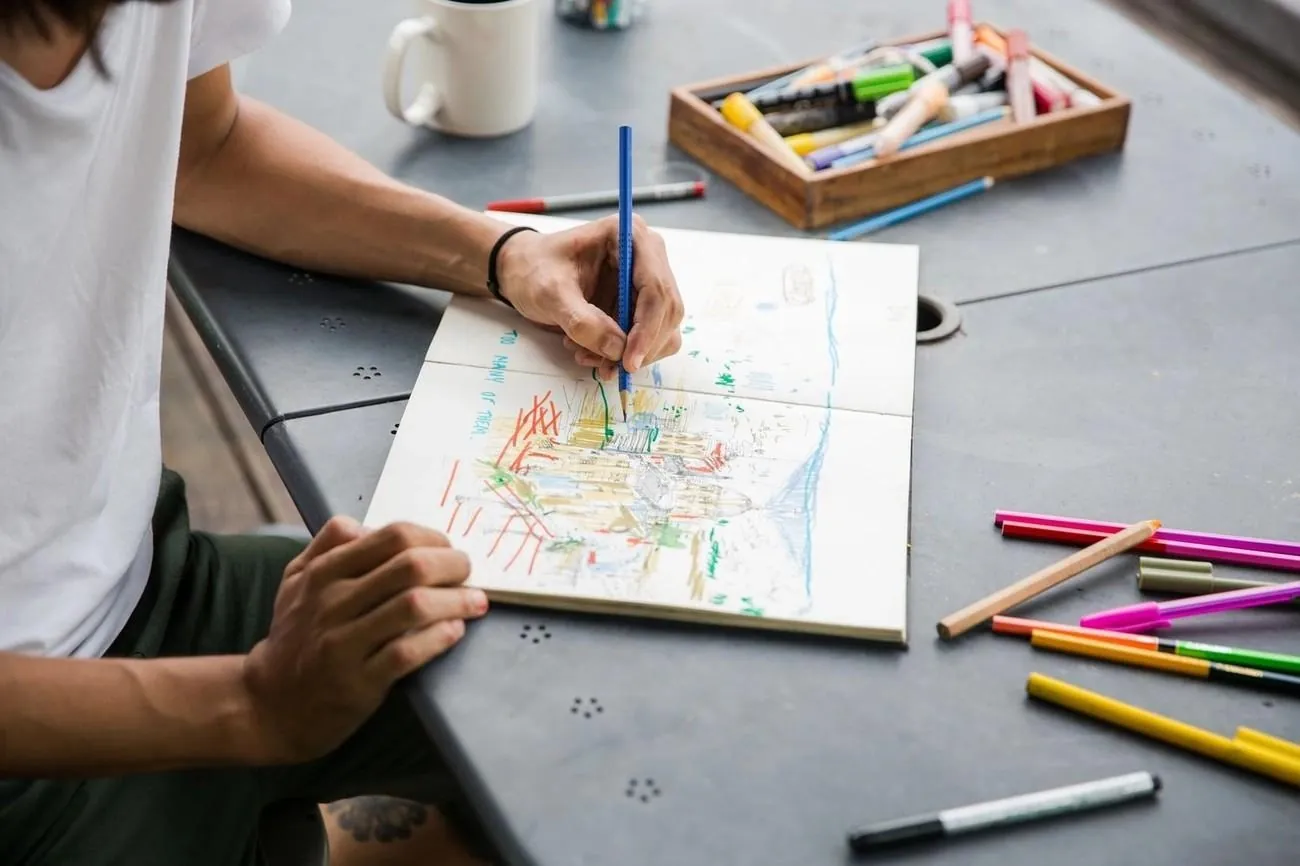
Creative practices give you direct ways to find emotional balance through simple, easy-to-learn techniques. You don’t need artistic training to feel the calming effects of creative expression through these tested approaches.
Free drawing and doodling
Drawing repetitive patterns helps reduce anxiety. Making marks on paper—through careful patterns or random scribbles—naturally slows your breathing and calms your nervous system. Your lines might look rushed and messy at first but become neater as your breathing slows and thoughts clear. You can create a meditative rhythm by drawing tiny circles, triangles, or waves close together. This needs minimal decisions yet creates visually pleasing results.
Guided imagery painting
This method blends visualization with artistic expression. Start with a brief relaxation exercise—close your eyes, let go of tension, and picture yourself in a peaceful place. Then paint what you visualized while keeping that peaceful feeling. Art therapists use guided imagery to help people connect with different aspects of themselves, see possible changes, or build safe mental spaces.
For a personalized approach, made-to-order photo art kits can guide beginners through these exercises, providing both structure and inspiration to start creating calm through art at home.
Creating with natural materials
Natural materials like wool, twigs, stones, or fibers help you connect deeply with nature. You can collect items during walks in nature, which gives you both quiet time outdoors and materials to create with later. This helps sharpen your observation skills through rich sensory experiences with various textures and forms.
Coloring mandalas or patterns
Coloring mandalas—circular, geometric designs—reduces anxiety more than free-form coloring. This practice brings several benefits:
- Reduces tension and anxiety
- Helps let go of negative thoughts
- Improves focus and self-reflection
- Boosts creativity and self-expression
Collage for emotional exploration
Collage gives you a powerful way to express complex feelings without needing drawing skills. You create visual stories of your inner world by choosing and arranging images that connect with your emotions. This process helps you make difficult emotions more tangible and manageable. Cutting, arranging, and gluing materials keeps your mind in the present moment. It encourages mindfulness while giving you space from overwhelming feelings.
Blending Mindfulness with Art Practices
A conscious approach to the creative process can turn regular art-making into a powerful healing experience. This mindful trip offers several techniques that can strengthen your bond with both creativity and your inner world.
Mindful observation of your artwork
Mindful viewing needs more than casual looking – it demands your full presence. “Slow looking” involves comfortable sitting, breath focus, and careful observation of specific elements like colors or shapes. Wonder, appreciation, and the “beginner’s mind” are the foundations of fresh viewpoints. On top of that, it helps to look at completed artwork without judgment that leads to deeper emotional processing and better self-awareness.
Even displaying large living room wall art can encourage mindful observation daily, creating a serene environment that naturally supports calm and emotional balance.
Using breathwork during art creation
Simple breathing exercises can boost creative focus and calm your nervous system. Deep belly breathing before you start art projects clears mental clutter and boosts intuition. You can also try victory breath to detoxify your body and open energy channels. Brief breathwork sessions can change your mental state from stress to creativity. Studies show a 56% reduction in cortisol levels after two weeks of regular practice.
Grounding through sensory art activities
Art materials engage all five senses to create powerful anchoring experiences. The 5-4-3-2-1 technique works well to reduce anxiety and boost creative awareness. You identify five visible things, four touchable items, three sounds, two smells, and one taste. Mindful touching of art materials helps you notice texture, temperature, and weight that connects you to the present moment.
Body scan while painting or drawing
Body scan meditation combined with art creation helps you find and release physical tension. Your practice starts with closed eyes and awareness of ground contact. Then scan slowly upward from feet to head. Colors, textures, or shapes on paper can represent your physical sensations like tingling, warmth, or tightness. University students report lower stress levels with this technique.
Conclusion
Art therapy offers a unique path to emotional balance through creative expression. Even simple practices—like free drawing, guided imagery painting, mindful coloring, or using natural materials—can reduce stress, boost self-awareness, and improve mood. Mindfulness enhances these benefits, making the act of creating a powerful tool for emotional wellbeing.
You don’t need to be “artistic” to gain from art therapy; the healing comes from the process itself. The next time stress or emotional imbalance arises, try picking up a paintbrush, doodling, or crafting mindfully. These small, creative acts can help you reconnect with yourself and cultivate calm in your everyday life.



